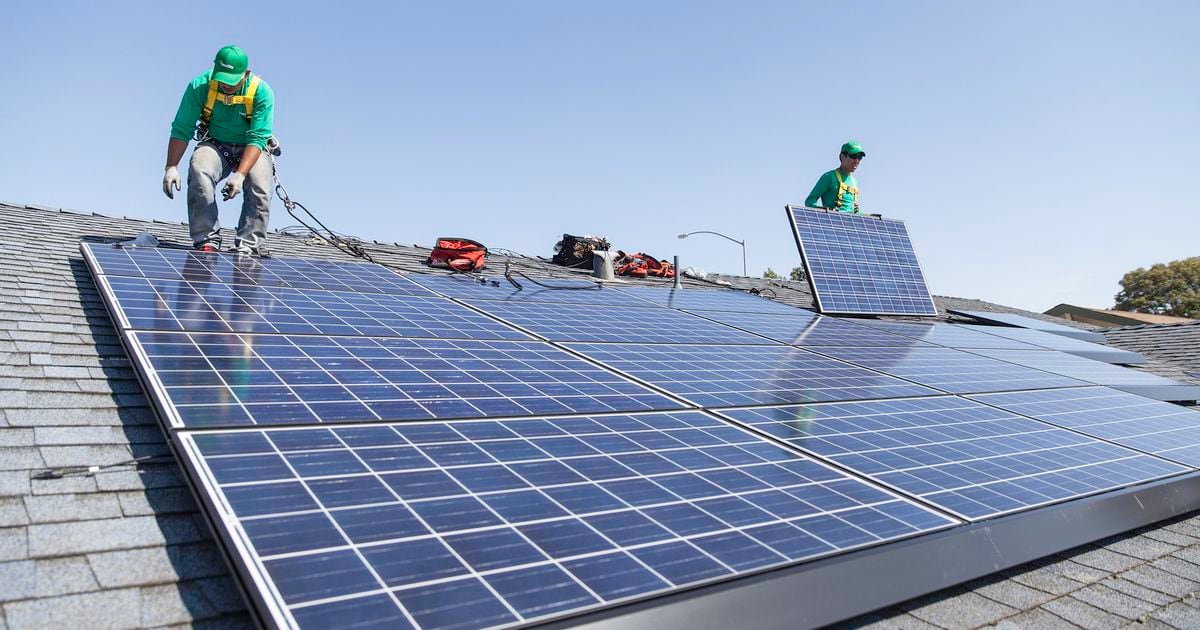

For Net Metering customers, the value of expired bill credits is applied to support the low-income bill assistance program, the Home Energy Lifeline Program (HELP). Credits accrued by all solar customers roll over from month to month until March, when they expire. Net Metering customers receive a kilowatt-hour credit for each kilowatt-hour of energy exported to the grid.
/cdn.vox-cdn.com/uploads/chorus_image/image/64595079/700499883.0.jpg)
Solar customers who filed an interconnection agreement before Novemare grandfathered into the Net Metering Program until January 1, 2036. The net metering program is closed and no longer available to new customers. Retail rate (varies for different customer types)Įxported kilowatt-hours are netted with energy purchased from the utility: Solar customers who filed an interconnection agreement before November 15, 2017Ĥ.462 ¢/kWh (winter) or 5.160 ¢/kWh (summer)ĩ0-92.5% of retail rate (9.2 ¢ kWh for residential customers) Solar customers who filed an interconnection agreement after Novemand before October 31, 2020 Solar customers who filed an interconnection agreement starting October 31, 2020 Here is a breakdown of all existing solar rates based on when you installed your solar project. This rate applies to all NEW solar installations. To put that into perspective, residential Rocky Mountain Power customers pay an average of 10.2 cents for every kilowatt-hour of electricity used. The current Export Credit Rate is approximately 5 cents per kilowatt-hour exported to the grid. The Utah Public Service Commission approved a new Export Credit Rate for rooftop solar customers in October 2020. Solar export credit details for Rocky Mountain Power Customers If you are served by a local municipal utility, scroll to the end of this page to get the details on additional interconnection policies.

If you are a Rocky Mountain Power customer, keep on reading. What type and how much credit you receive depends on your utility. If your home’s solar system generates more electricity than you use during a given billing cycle, you will receive some type of credit for the electricity you send to the grid. Lastly, any unused solar flows back into the grid, bringing more clean energy to our electricity system, benefiting you, your neighbors and the community! How homes are compensated for their excess solarĮlectricity generated from rooftop solar first serves your home’s onsite electricity demand. This also ensures that when the sun isn’t shining, you can get power from your utility. Logistically, connecting your rooftop solar to the power lines already feeding your home is the most straight-forward way to power your home with rooftop solar. Most rooftop solar projects are connected to the larger electricity grid.


 0 kommentar(er)
0 kommentar(er)
